
Vlad Yudkin
March 20, 2024
CrossFit SEO: How to Attract More Clients
Would you like your CrossFit gym to top the search results for requests like «CrossFit gym near me»? Most business owners want this!. Let’s discover how to make that happen.
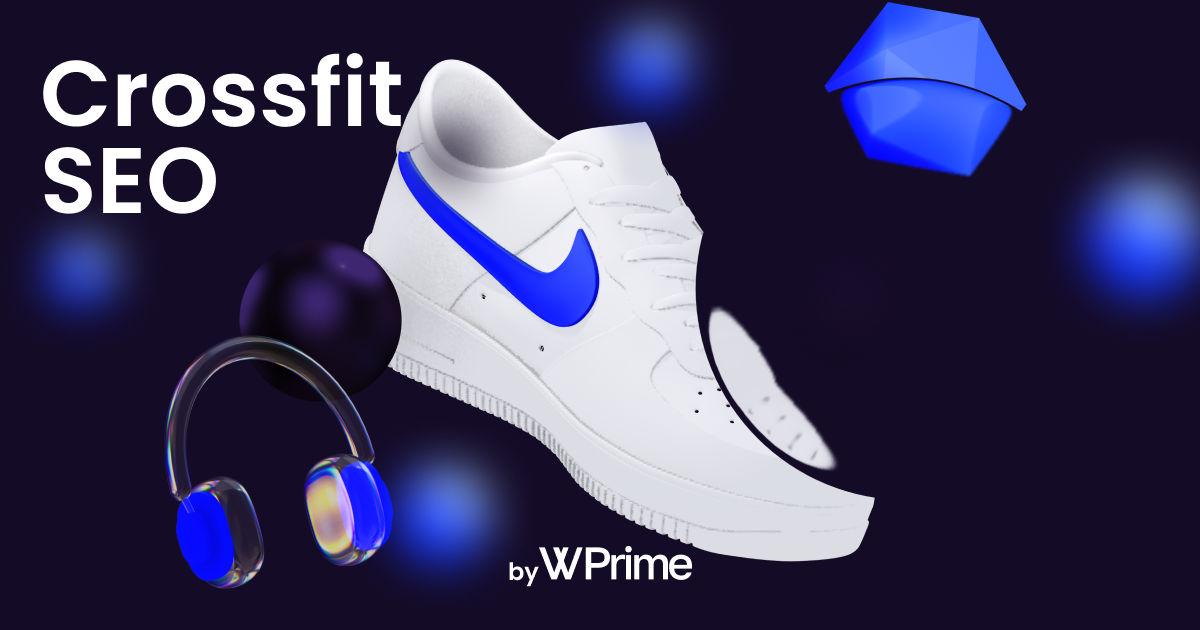
In the fiercely competitive landscape of fitness, particularly in the realm of CrossFit, visibility can make or break a gym’s success. Every CrossFit facility aspires to secure the coveted top spot in local searches for “CrossFit near me”. Achieving this feat requires a strategic approach to SEO. In this article, we will delve into the intricacies of CrossFit SEO and explore how harnessing the power of local SEO can propel a CrossFit gym to the forefront of search results, driving increased foot traffic and membership conversions.
What is SEO for CrossFit Gyms
CrossFit Gym SEO refers to the application of search engine optimization techniques specifically tailored to CrossFit gyms. It involves optimizing a CrossFit gym’s online presence, including its website, social media profiles, and local listings, to improve its visibility in SERPs for relevant keywords and phrases related to CrossFit training and fitness.
The primary goal of CrossFit SEO is to increase the online visibility of a CrossFit gym, attract more qualified leads and inquiries, and ultimately drive more foot traffic and membership sign-ups. By implementing effective SEO strategies, gyms can improve their competitiveness in the local market.
Every gym desires to be the first option when individuals want to find things as «CrossFit gym near me.» Typically, most clients opt for one of the initial search results. Let’s discover together how to achieve this goal.

Why Do CrossFit Gyms Need SEO?
If you are still wondering why exactly a CrossFit gym would need SEO, here are some key reasons:
- Enhanced Visibility. SEO improves the online visibility of your CrossFit gym, ensuring it ranks prominently in search engine results for relevant keywords such as «CrossFit near me.» This increased visibility makes it easier for potential members in your local area to discover your gym, leading to higher website traffic and foot traffic to your physical location.
- Competitive Advantage. In a crowded fitness market, SEO provides your business with a competitive edge by helping you stand out from other local competitors. By optimizing your website and online presence, you can attract more attention from individuals seeking for options, effectively positioning your gym as the go-to choice in your community.
- Cost-Effective Marketing. SEO offers a cost-effective marketing strategy for your CrossFit gym, especially when compared to traditional advertising methods. By investing in SEO efforts to boost your organic rankings, you can generate long-term results and attract high-quality leads without the ongoing expenses associated with paid advertising campaigns. This allows you to allocate your marketing budget more efficiently while still achieving significant ROI.
Goals of CrossFit SEO
One of the primary objectives of CrossFit SEO is to improve the visibility and ranking of your gym’s website in SERPs. By optimizing your website’s texts, structure, and technical elements according to relevant related keywords and phrases, you aim to secure higher positions in rankings. This increased visibility makes it easier for potential members to find your gym when looking for CrossFit options online.
Another key goal of SEO is to drive conversions by generating more calls and leads for your gym. By optimizing your website for local SEO, making it functional, implementing strategies such as Google My Business optimization, schema markup, and local directory listings you can make it easier for potential members to contact you directly or inquire about membership options. This results in a higher volume of inquiries, calls, and leads, ultimately leading to increased membership sign-ups and revenue for your CrossFit gym.
In addition to boosting rankings and generating leads, SEO aims to attract high-quality web traffic to your gym’s website. This involves targeting relevant keywords and finding terms that are likely to attract individuals who are genuinely interested in CrossFit training and are more likely to convert into members that are capable of paying. By focusing on attracting high-quality traffic, you can improve the overall effectiveness of your SEO efforts and maximize the return on your investment in digital marketing.
Not only do you aim to rank for «CrossFit gym near me,» but also for searches related to CrossFit questions and information. For example, if we type “can I do CrossFit” here is what we get:
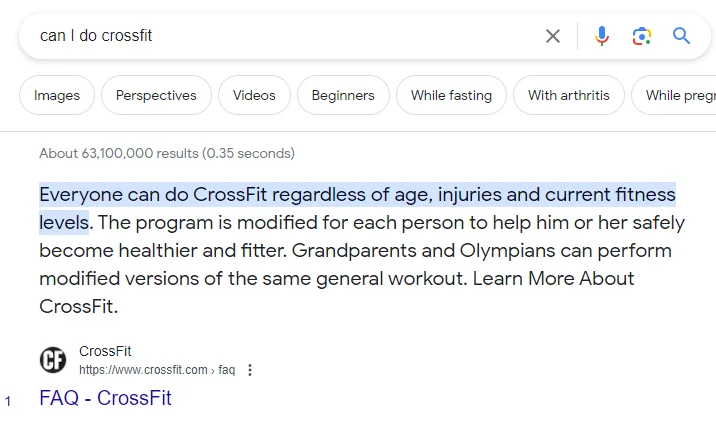
How to achieve this? SEO content optimization.
4 SEO Mistakes that CrossFit Gyms Make
- Neglecting Local SEO. Many CrossFit gyms fail to optimize their online presence for local search, missing out on potential members in their immediate area. This includes not optimizing keywords, pages, and a very important tool — Google My Business.
- Thin Content. Some websites have thin or duplicate information, lacking in-depth information about their services, facilities, and expertise. Thin content not only fails to engage visitors but also performs poorly in rankings.
- Ignoring Mobile Optimization. With a significant portion of internet searches now conducted on mobile devices, neglecting mobile optimization can hinder a CrossFit gym’s SEO efforts. Websites that are not mobile-friendly may experience higher bounce rates and lower search engine rankings.
- Ignoring Analytics. Failing to monitor and analyze website traffic, keyword rankings, and other SEO metrics prevents gyms from identifying areas for improvement.
How to Improve CrossFit Gym SEO
Local SEO is crucial for attracting potential members in the gym’s immediate vicinity. It involves optimizing your online presence to improve visibility in Google results for different locations. Here we will explain how to improve your CrossFit SEO.
Google My Business Optimization
Start with optimizing your Google My Business profile is essential for local SEO success. Ensure that your GMB listing includes accurate and up-to-date information about your gym, such as your business name, phone number, website URL, address, business hours, and category (e.g., CrossFit gym). Also, add high-quality photos of your gym to enhance your listing’s appeal to potential members.
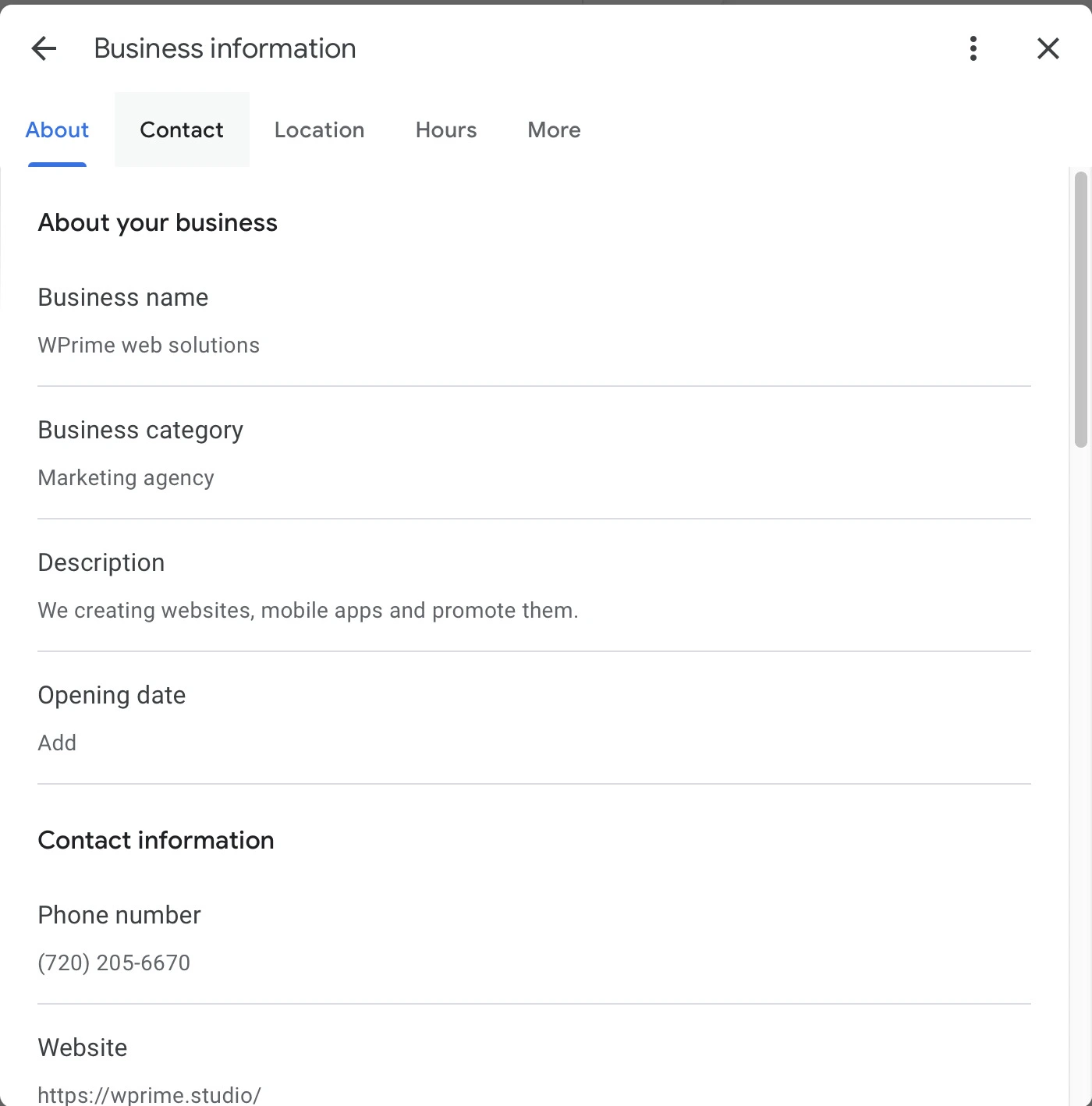
Your main description should provide a concise yet informative overview of your gym’s unique features, services, and benefits, incorporating relevant keywords and location-specific terms to improve your local search visibility. Additionally, make sure to list all the services and products offered at your gym, such as CrossFit classes, personal training sessions, nutrition coaching, and branded merchandise.
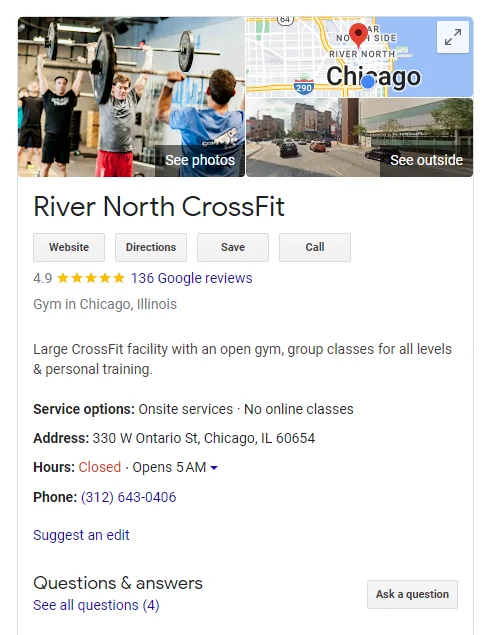
Local Citations and Directories
You should create and maintain consistent business listings (citations) across online directories, review sites, and local business listings. Ensure that your gym’s name, full address, and your phone number (all this is often called NAP) are accurate and consistent across all platforms. Some popular citation sources for gyms include Yelp, Bing Places, Yellow Pages.
Website Architecture
Website architecture for a gym encompasses the organization, structure, and navigation of the website to ensure optimal user experience and, of course, search engine visibility. A well-designed website architecture not only makes it easy for visitors to find information but also helps Google crawl and index your site effectively. Here is what website architecture includes:
- Clear Navigation. The navigation menu should be intuitive and easy to use, allowing visitors to quickly access important pages such as class schedules, membership information, training programs, and contact details. Clear and concise menu labels help people navigate the site effortlessly, reducing bounce rates and improving user satisfaction.
- Logical Hierarchy. Organize your website content into logical categories and subcategories to create a hierarchical structure. For example, you might have main categories like «About Us,» «Classes,» «Coaches,» «Testimonials,» and «Contact Us,» with subcategories or pages nested within each main category. This hierarchical organization makes it easier for users to understand the relationship between different pages and find relevant information.
- Internal Linking. Utilize internal linking to connect related pages within your website. This is a great way to help users discover more information and distribute link equity (or «link juice») throughout your site, improving the overall SEO performance. For example, you can link from a blog post about nutrition tips to your membership page or from a class schedule page to individual class descriptions.
- Mobile Responsiveness. Making your website mobile-friendly and responsive is important. This provides a seamless browsing experience across different devices and screen sizes. Many users access content through mobiles and tablets. This is why responsiveness is essential for retaining visitors and improving rankings.
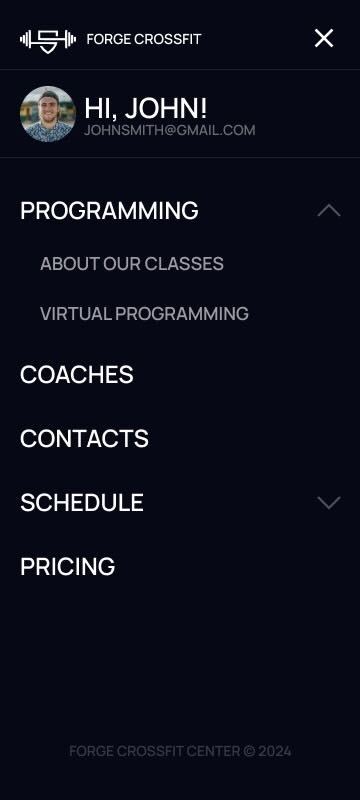
Keyword Research
The next step is pointing out local keywords that potential members might use when they look for a gym in their area. Use different keyword research tools like SEMrush or Google Keyword Planner to discover popular local terms with high search volumes and low competition. Look for keywords that include your city, neighborhood, or nearby landmarks, as well as terms related to CrossFit training, classes, and fitness services. For example, optimize your meta title and description with phrases like «Best CrossFit Gym in [City]» or «Top CrossFit Classes Near [Neighborhood].»

On-Page Optimization
Incorporate your chosen local keywords naturally throughout your website’s content, including your homepage, service pages, blog posts, and contact page. Use variations of your target keywords to create diverse and relevant content that appeals to both users and search engines.
Use header tags (such as H1, H2, H3) to organize your content and include local keywords in your headings and subheadings. This not only helps improve readability for users but also signals to search engines the relevance of your information to local queries.
Another important step is optimizing alt text of your images with local keywords to improve your website’s accessibility and SEO. Describe your images accurately and include relevant location-based keywords where appropriate.
Backlinks
Backlinks are critical because they signal to search engines the credibility, relevance, and authority of your website. For gyms, backlinks serve as virtual recommendations from other fitness-related websites, helping to establish trust and credibility within the online community. When reputable and relevant websites link to your gym’s site, search engines interpret your content as valuable and deserving of higher rankings in search results.
The importance of backlinks for CrossFit gyms cannot be overstated. They not only enhance rankings but also drive organic traffic to your gym’s website. the competitive fitness industry, securing high-quality backlinks can set your gym apart from competitors and attract more potential members. Additionally, backlinks from authoritative fitness blogs, local directories, and industry influencers can enhance your gym’s online reputation and brand visibility, leading to increased brand awareness and trust among your potential clients.
Now, the question arises: How can gyms acquire valuable backlinks? One effective strategy is to create compelling, informative, and shareable posts. This will naturally attracts backlinks from different websites. This could include publishing blog posts about training tips, workout routines, success stories, or nutrition advice. By providing valuable resources that resonate with your target audience, you increase the likelihood of other websites linking back to your posts.
Additionally, reaching out to fitness influencers, bloggers, and local businesses for collaboration opportunities, guest posting, or mentions on their websites and social media platforms can help you earn valuable backlinks. Building relationships within the fitness community and offering to contribute guest posts or provide expert insights can also lead to backlink opportunities.
Local Reviews and Reputation Management
Local reviews and reputation management are critical aspects of SEO for gyms, as they directly impact a gym’s credibility, visibility, and ability to attract new members from the local community.
Positive reviews from satisfied members serve as social proof of your gym’s quality, expertise, and customer service. Potential members often rely on reviews to gauge the reputation and trustworthiness of a CrossFit gym before deciding to join. By actively managing your gym’s online reputation and encouraging positive reviews, you can build trust and credibility with prospective members, making them more likely to choose your services over competitors.
Managing your gym’s online reputation involves monitoring and responding to reviews promptly, both positive and negative. By actively engaging with reviews and addressing customer feedback, you demonstrate your gym’s commitment to customer satisfaction and continuous improvement. Responding to positive reviews with gratitude and personalized messages shows appreciation for your members and fosters a sense of community. Additionally, addressing negative reviews professionally and constructively can help resolve issues, mitigate damage to your gym’s reputation, and win back disgruntled customers.
Online reviews provide valuable feedback and insights into your gym’s strengths, weaknesses, and areas for improvement. You should pay attention to common themes and trends in reviews to identify opportunities for enhancing your gym’s services, facilities, and customer experience. Use feedback from reviews to make informed decisions about marketing strategies, program offerings, and member engagement initiatives, ultimately leading to a better overall experience for your members and improved retention rates.
In order to gain more reputation, implement review generation strategies to encourage satisfied members to leave positive reviews on popular review platforms such as Google, Yelp, Facebook, and TripAdvisor. This can include sending follow-up emails or text messages requesting feedback after a member’s visit, offering incentives for leaving reviews or displaying review prompts and links prominently on your website and social media profiles. Be transparent and ethical in your approach to soliciting reviews and avoid incentivizing or manipulating reviews.
Content
Creating high-quality content is essential for the SEO strategy, as it not only engages potential members but also improves search engine visibility and rankings.
Blogging is a powerful way to provide valuable information, tips, and insights related to training, nutrition, workouts, and overall fitness. You can create educational blog posts covering topics such as «10 Essential Exercises for Beginners,» or «Nutrition Tips for Maximizing Your Performance.» By addressing common questions and concerns of potential members, you can establish authority in the fitness industry, and improve rankings. This will help get even more organic traffic. To optimize blog content for SEO, incorporate relevant keywords, headers, meta tags, and internal links, and ensure that the content is well-written, informative, and engaging.
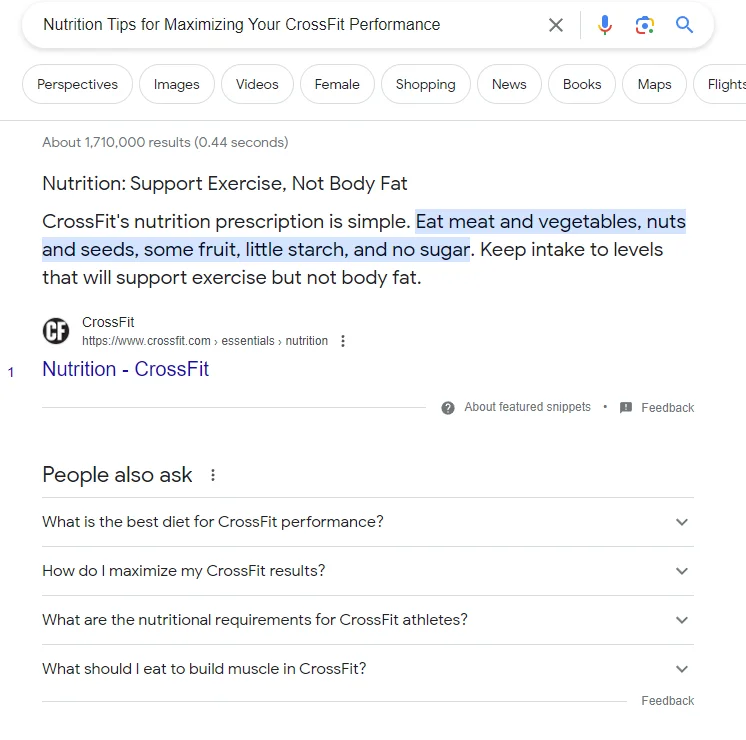
Creating video content showcasing CrossFit workouts, exercises, and training techniques is another effective way to engage users and improve SEO. You can produce instructional workout videos, technique demonstrations, and motivational clips featuring certified coaches and trainers.
Providing content related to nutrition, wellness, and overall health complements CrossFit training and appeals to a broader audience interested in holistic fitness. You can create guides, articles, and resources covering topics such as meal planning, dietary supplements, recovery strategies, and stress management techniques. By offering comprehensive content that addresses the mind-body connection, you can improve user engagement and attract more traffic. This will also enhance your authority in the fitness industry.
Why You Should Continuously Work On CrossFit SEO
SEO for CrossFit is not a one-time job due to its dynamic nature and the evolving landscape of online marketing. Search engine algorithms are constantly changing, requiring continuous adaptation of strategies to maintain and improve rankings in Google. The competitive nature of the fitness industry means that staying ahead requires ongoing effort to stand out amidst numerous competitors. Furthermore, user behavior and preferences shift over time, necessitating regular updates to website content, optimization techniques, and user experience.
Conclusion
The importance of SEO for CrossFit gyms cannot be overstated in today’s digital age. With an increasing number of individuals turning to the internet to find fitness solutions, a robust SEO strategy is essential for gyms to stand out in a competitive market, attract potential members, and grow their businesses. By optimizing their online presence through tactics such as local SEO, content creation, backlink building, and reputation management, CrossFit gyms can enhance their visibility in Google results, establish credibility and trust with their target audience, and ultimately drive more traffic, conversions, and memberships. Investing in SEO not only improves a gym’s online presence but also strengthens its position as a trusted authority in the fitness industry, enabling it to thrive and succeed in the digital landscape and increasing sales. If you feel a bit overwhelmed, we can help you. Being our client means getting the best SEO services.
Faq
How long does it take to see first results?
The timeline for seeing actual results from SEO efforts for CrossFit gyms can vary based on several factors. Generally, it takes time for search engines to successfully crawl and finally index website changes, and for SEO strategies to gain traction and impact rankings. Typically, businesses may start to see noticeable improvements in their search engine rankings within one to six months. However, achieving significant and sustainable results often requires ongoing effort, as SEO is a continuous process that involves refining strategies, monitoring performance, and adapting to changes in search engine algorithms and industry trends.
How do I understand that CrossFit SEO works?
To gauge the effectiveness of a CrossFit SEO campaign, it's crucial to track key metrics that reflect its impact on business outcomes and online visibility. Phone call volume provides insight into the campaign's ability to drive engagement and inquiries from potential members. Online lead submissions, such as contact form submissions or class registrations, indicate the campaign's effectiveness in generating qualified leads and conversions. Monitoring keyword rankings helps assess the campaign's success in improving visibility in Google and ranking for relevant search terms.
More articles
Please, rate this article
Overall rating 0 (0 vote(s))




Comments 0